
Graffiti has long been considered a form of artistic expression that adds vibrancy and character to urban spaces. With its roots traced back to ancient civilizations, graffiti has transformed over the years into a dynamic art form that often pushes boundaries and challenges societal norms.
At its core, graffiti is an act of rebellion, a way for artists to leave their mark on the world and make their voices heard. It is a medium that allows for creative expression without the limitations of traditional art forms. Graffiti artists use walls, buildings, and public spaces as their canvas, turning mundane landscapes into vibrant, thought-provoking works of art.
One of the defining aspects of graffiti is its use of color. Bright, bold hues are often employed to attract attention and convey emotion. Each color has its own symbolism and meaning, and graffiti artists carefully choose the colors they use to enhance their message. From the vibrant blues and pinks that convey joy and freedom to the stark blacks and grays that evoke a sense of rebellion and defiance, color plays a crucial role in the overall impact of graffiti.
Furthermore, graffiti allows for the exploration of various artistic styles and techniques. From intricate murals to simple tags, graffiti can take on many forms. The diversity of styles within the graffiti world reflects the individuality and creativity of each artist. Some artists prefer to create detailed, realistic pieces, while others opt for more abstract and conceptual designs. This diversity adds depth to the graffiti scene and ensures that there is something for everyone to appreciate and enjoy.
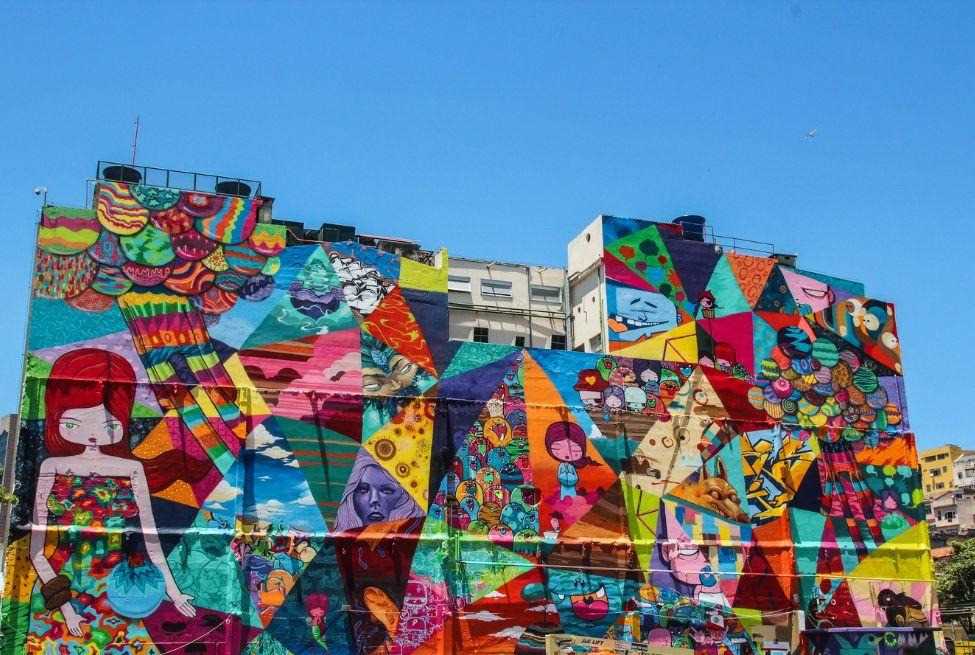
Graffiti is a form of visual communication that has been around for centuries, with its origins dating back to ancient times. The practice of graffiti can be traced back to ancient Egypt, where individuals would carve or paint messages onto walls or other surfaces as a way to leave a mark or make a statement.
However, it wasn’t until the 1960s and 1970s that graffiti as we know it today began to develop. In the urban neighborhoods of New York City, young people started to use markers and spray paint to create elaborate artworks on subways, walls, and buildings.
The Rise of Street Art
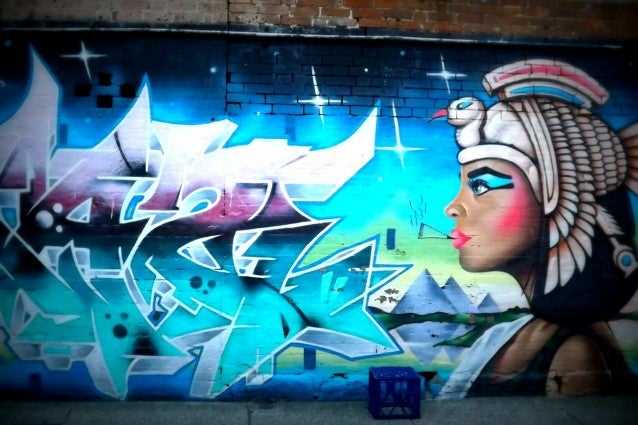
Graffiti artists began to form crews and develop their own unique styles, often using pseudonyms or tags to identify themselves. These tags became iconic symbols in the urban landscape, representing the creativity and individuality of the artists.
The Evolution of Graffiti
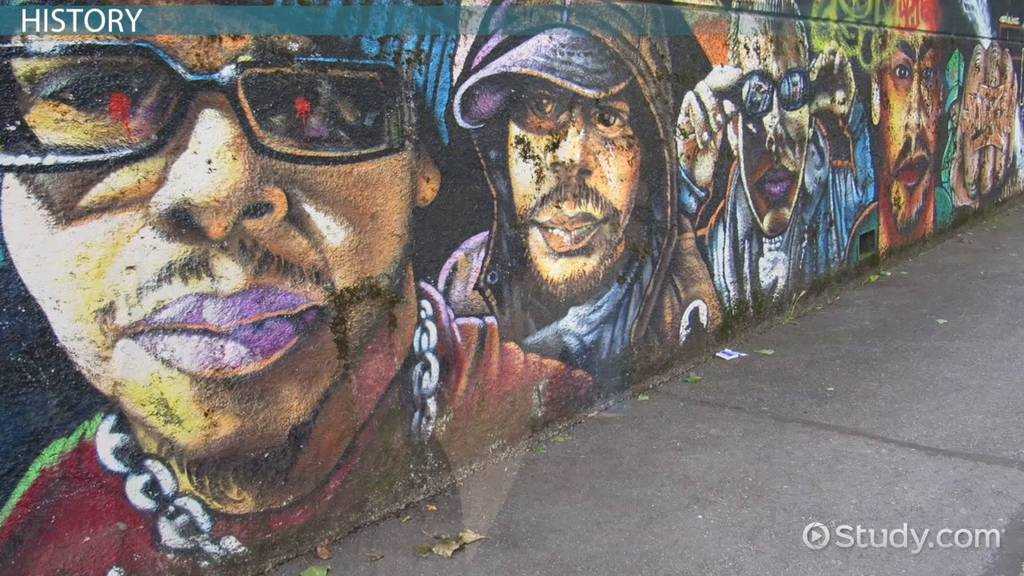
Over the years, graffiti has evolved into a diverse art form, encompassing various styles and techniques. From traditional lettering and wildstyle graffiti to stencil art and murals, artists continue to push the boundaries of what is possible with spray paint and other mediums.
Graffiti has also become more accepted in mainstream culture, with renowned street artists gaining recognition and exhibiting their work in galleries and museums. However, there is still a debate around the legality of graffiti, as many artists continue to face legal consequences for their creations.
Regardless of its legal status, graffiti remains an integral part of urban spaces, adding color and vibrancy to otherwise plain walls and surfaces. It serves as a visual representation of the diverse voices and perspectives that exist in our society.
- Graffiti originated in ancient Egypt
- Developed in New York City in the 1960s and 1970s
- Influenced by hip hop culture
- Evolved into various styles and techniques
- Continues to be a debated and controversial art form
Graffiti as a Form of Urban Art
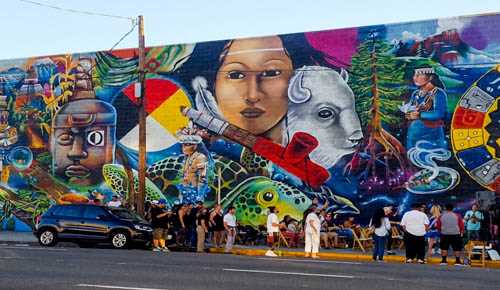
Graffiti is a form of urban art that has become increasingly popular in cities around the world. It involves the creation of murals, tags, and other forms of visual expression on walls, buildings, and other public spaces. Graffiti has a long history, dating back to ancient times, when it was used to create political and social messages. Today, graffiti artists use their work to make statements about society, culture, and politics.
One of the key features of graffiti is its ability to transform ordinary spaces into vibrant and colorful works of art. By using a wide range of colors and techniques, graffiti artists can create visually stunning and engaging pieces that capture the attention of passersby. The use of bold and vibrant colors also helps to convey the emotions and messages that the artist is trying to convey.
Graffiti art is often seen as a form of rebellion and expression for marginalized communities. It gives a voice to those who may not have the opportunity to express themselves in other ways. Through graffiti, artists are able to address social issues, challenge authority, and highlight the struggles and experiences of the people living in urban environments.
Graffiti is not without its controversies, however. Many see it as vandalism and illegal activity, while others view it as a legitimate art form. Laws and regulations regarding graffiti vary from place to place, with some cities embracing and encouraging graffiti as a way to improve urban spaces, while others cracking down on it and implementing harsh penalties.
Overall, graffiti serves as a powerful and important form of urban art. It adds color and life to urban environments, challenges conventional notions of art, and provides a platform for marginalized communities to express themselves. Whether you see it as vandalism or as a form of creative expression, there’s no denying the impact that graffiti has on the urban landscape.
The Impact of Graffiti on a Community
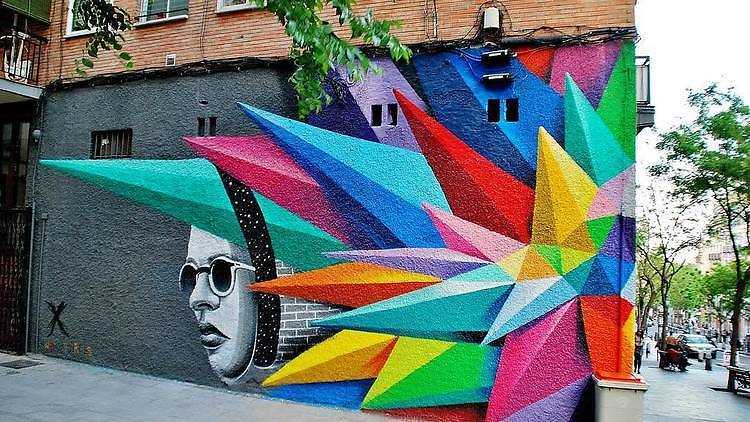
One of the main impacts of graffiti on a community is its effect on the overall perception of an area. Graffiti-covered walls and buildings can give the impression of neglect and urban decay, making residents and visitors feel unsafe and unwelcome. This can lead to a decline in property values and deter potential investments in the area.
However, there are instances where graffiti can actually enhance a community. In certain neighborhoods, graffiti has become a form of self-expression and a way for residents to reclaim public spaces. By transforming dull walls into colorful works of art, graffiti can beautify urban areas and create a sense of vibrancy and energy.
Graffiti can also have a positive impact on the local economy. In cities where street art is embraced, tourists and art enthusiasts flock to see these unique and captivating artworks. This increased foot traffic can benefit local businesses such as cafes, galleries, and shops, bringing in revenue and boosting the economy.
Additionally, graffiti can provide a platform for marginalized groups to have their voices heard. Artists often use their work to convey social and political messages, shining a spotlight on important issues in the community. This can spark conversations and foster a sense of unity and activism among residents.
However, it is important to note that there is a fine line between graffiti as an art form and graffiti as vandalism. Illegal graffiti, done without permission and without consideration for the community, can be detrimental and lead to a deterioration of the neighborhood. It is therefore crucial to establish a dialogue between artists, community members, and local authorities to ensure that graffiti is done responsibly and in a way that benefits everyone.
The Controversy Surrounding Graffiti
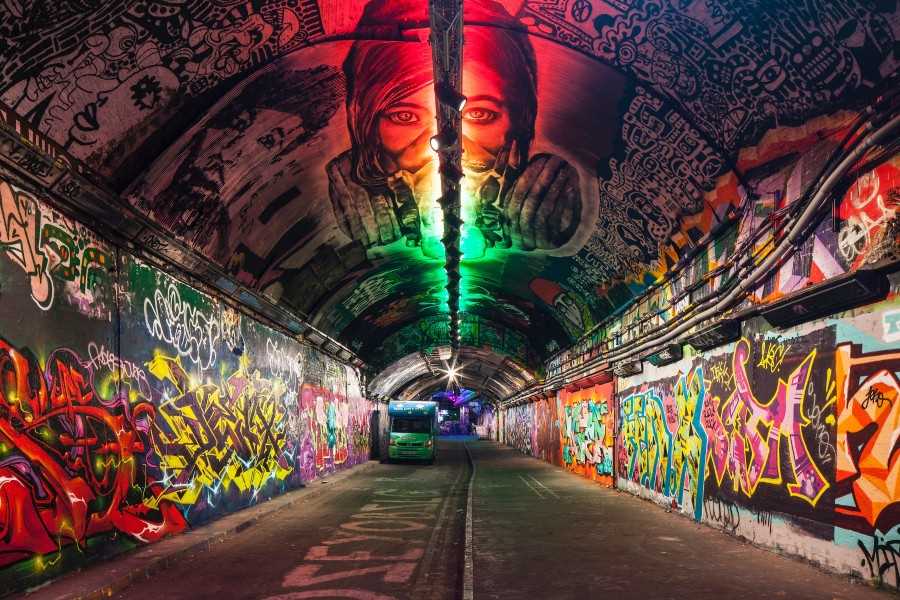
Graffiti has long been a subject of controversy in urban communities. While some see it as an art form that adds vibrancy and creativity to public spaces, others view it as an act of vandalism that defaces property and promotes criminal behavior.
One of the main points of contention surrounding graffiti is the legality of it. Many cities have strict laws and regulations that prohibit graffiti, considering it to be a criminal act. This has led to conflicts between graffiti artists and law enforcement, with arrests and legal actions being taken against those caught in the act.
Public Perception and Aesthetics
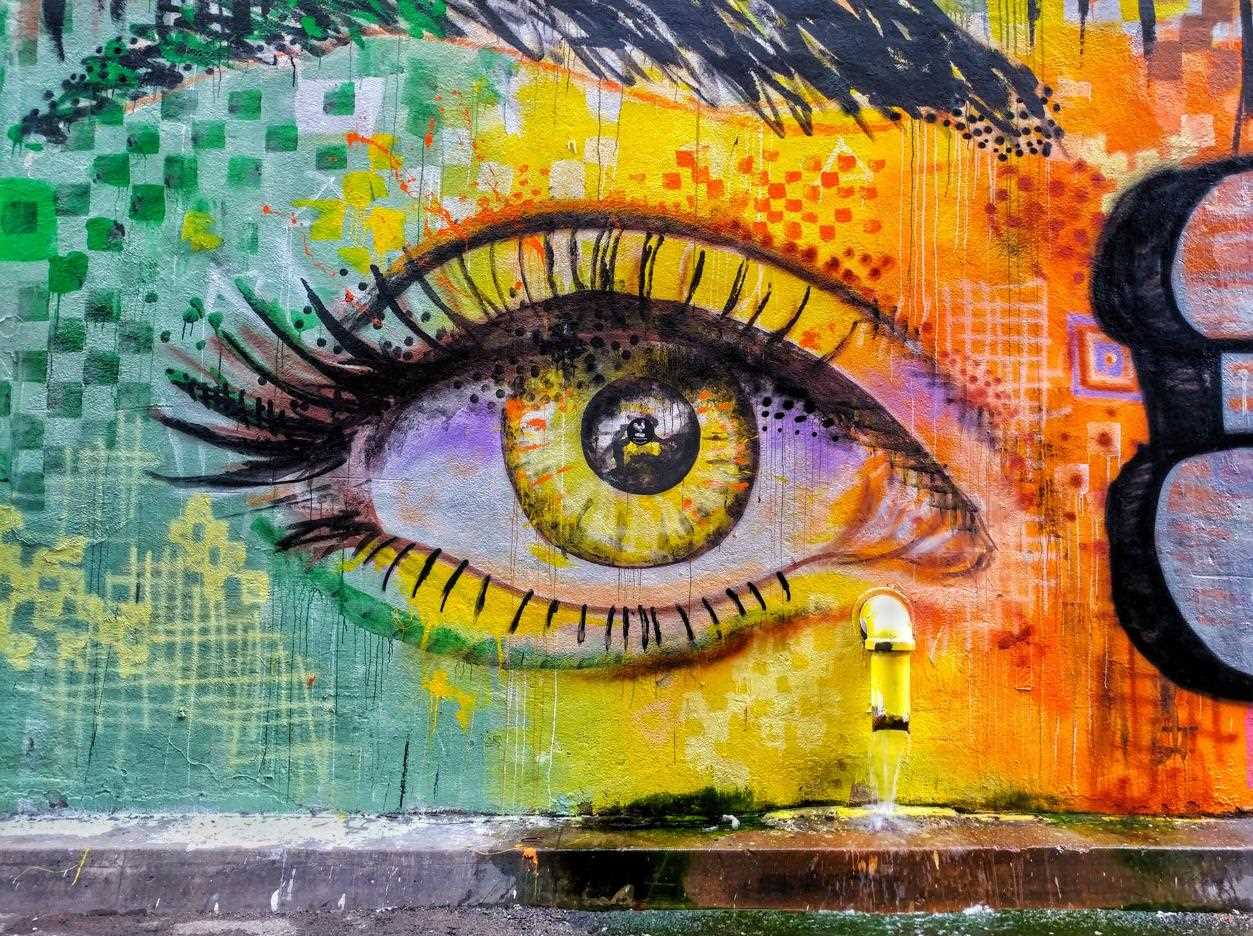
Another issue that divides opinions is the aesthetic value of graffiti. Some argue that graffiti adds character to otherwise bland and mundane urban environments. They appreciate the skill and creativity of graffiti artists, who often use vibrant colors and intricate designs to transform dull walls and buildings into visually appealing works of art.
However, others argue that graffiti can be an eyesore and detract from the overall beauty of a city. They view it as a form of visual pollution that ruins the aesthetics of public spaces and decreases property values. This has led to ongoing debates about the appropriate balance between artistic expression and maintaining the cleanliness and visual appeal of urban areas.
Community Engagement and Cultural Significance
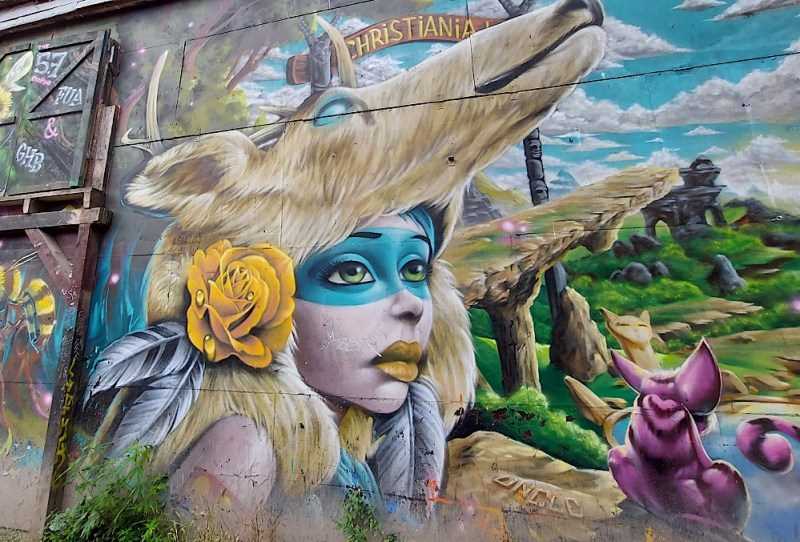
On the other hand, some neighborhoods and communities have embraced graffiti as a form of cultural expression and community engagement. They see it as a way for marginalized groups and artists to reclaim public spaces and make their voices heard. Graffiti can serve as a powerful tool for social and political commentary, promoting inclusivity and diversity.
However, there are still concerns about the potential negative impact of graffiti on businesses and tourism. Some argue that graffiti can create a sense of insecurity and discourage economic development in urban areas. This has sparked discussions around finding a balance between allowing graffiti as a means of self-expression and protecting the interests of local businesses and residents.
| Pros | Cons |
|---|---|
| Artistic expression and cultural significance | Potential damage to property and decrease in property values |
| Community engagement and social commentary | Potential impact on businesses and tourism |
| Adding vibrancy and creativity to public spaces | Legal issues and conflict with law enforcement |
Graffiti as Social and Political Commentary
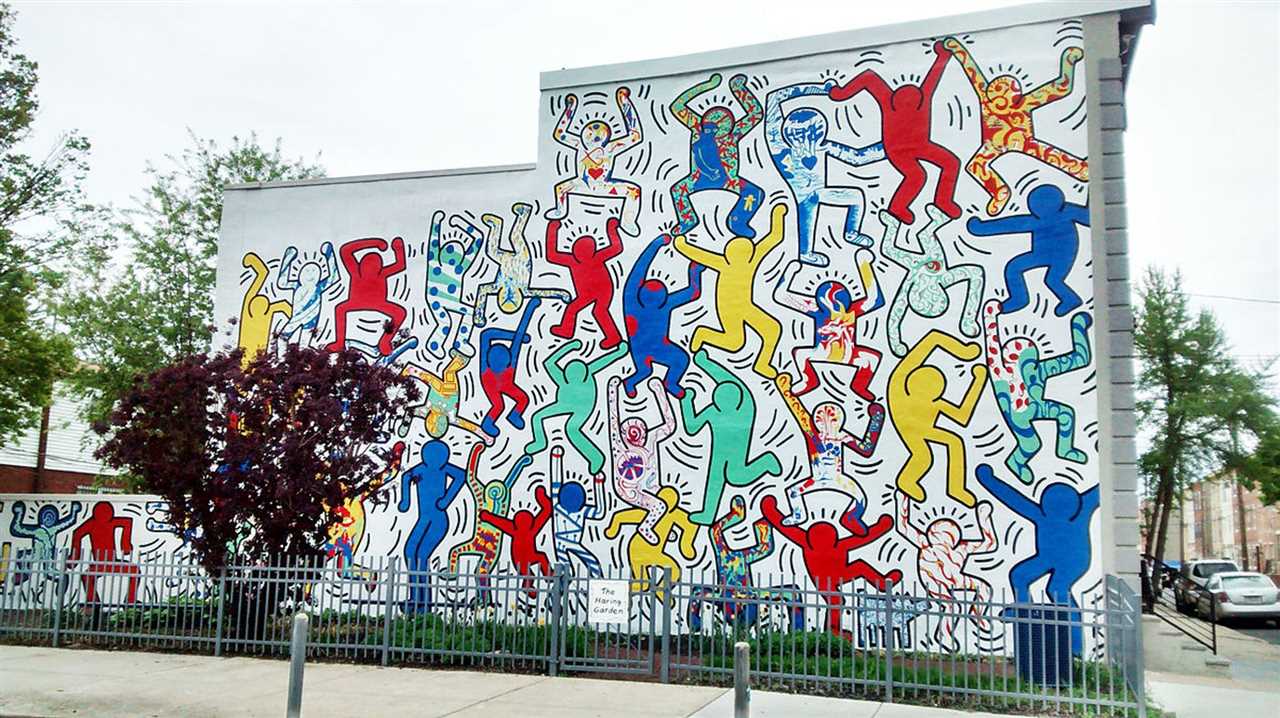
Graffiti has long been recognized as a powerful form of social and political commentary. Throughout history, individuals have used graffiti to express their opinions, challenge authority, and raise awareness about various social issues. The colorful and vibrant nature of graffiti makes it an effective medium for capturing people’s attention and sparking conversations.
One of the key aspects of graffiti as social and political commentary is its ability to give voice to marginalized communities. In many cases, graffiti artists use their art to shed light on issues of inequality, discrimination, and injustice. By painting powerful images and thought-provoking messages on public spaces, they make their voices heard and spur discussions that might otherwise be ignored.
Graffiti also serves as a platform for political dissent. In countries where freedom of expression is limited or suppressed, graffiti becomes a tool for citizens to voice their opposition and challenge the status quo. By occupying public spaces with their art, graffiti artists create a visual and tangible representation of their discontent, which can inspire others to join them in their fight for change.
Moreover, graffiti often addresses environmental issues and the impact of human activity on our planet. Artists use their creativity to illustrate the consequences of pollution, deforestation, and climate change, hoping to raise awareness and encourage people to take action. Through their art, they engage viewers and invite them to reflect on their own role in preserving the environment.
In recent years, graffiti has also played a role in social movements and protests around the world. From the Arab Spring to the Black Lives Matter movement, graffiti has been used as a visual tool to express solidarity, convey messages of resistance, and commemorate those who have been victims of violence and oppression. It serves as a form of collective memory, documenting and preserving the struggles and triumphs of communities fighting for justice.
Overall, graffiti, with its powerful imagery and ability to reach a wide audience, has become an essential part of social and political discourse. It captures the spirit of resilience, resistance, and creativity, giving voice to those who may not have the opportunity to express themselves through traditional means. As we continue to explore the art of graffiti, it is important to recognize its significance as a vehicle for social and political commentary, shaping conversations and challenging the status quo.
Graffiti and Street Culture
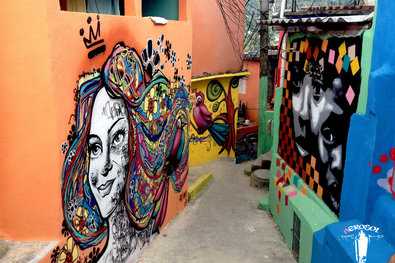
Graffiti has always been closely associated with street culture, often serving as a visual representation of the vibrant energy and creativity found within urban spaces. Emerging from marginalized communities, graffiti has become a powerful form of self-expression and a platform for social commentary.
Street culture encompasses a wide range of artistic and cultural practices, including graffiti, hip-hop, skateboarding, and fashion. These forms of expression often intersect and influence each other, creating a vibrant and dynamic subculture that challenges traditional norms and values.
Graffiti, in particular, has played a significant role in shaping street culture. It provides a visual language that can be understood by people from diverse backgrounds, transcending barriers of language and culture. Through their colorful and intricate designs, graffiti artists communicate their thoughts, ideas, and emotions to the world.
Beyond its artistic value, graffiti has also become a symbol of rebellion and resistance. It often challenges the dominant power structures in society, giving voice to marginalized communities and reflecting their lived experiences. By occupying public spaces and reclaiming them as their own, graffiti artists redefine the boundaries of what is acceptable and permissible.
In recent years, graffiti has gained more recognition as a legitimate form of art. It has found its way into galleries and museums, erasing the boundaries between street culture and the mainstream art world. This newfound acceptance has sparked debates about the commodification and co-optation of street art and whether it loses its original rebellious and subversive spirit.
Regardless of these debates, graffiti remains an integral part of street culture, shaping the visual and cultural landscape of urban spaces. It continues to inspire and challenge, providing a colorful and vibrant expression of the diverse voices found within our cities.
| Graffiti and Street Culture Highlights: |
| – Graffiti as a visual representation of the energy and creativity in urban spaces |
| – Street culture as a diverse subculture encompassing graffiti, hip-hop, skateboarding, and fashion |
| – Graffiti as a powerful form of self-expression and platform for social commentary |
| – The role of graffiti in challenging dominant power structures and giving voice to marginalized communities |
| – Debate around the acceptance and commercialization of graffiti as a legitimate art form |
Famous Graffiti Artists and Their Impact
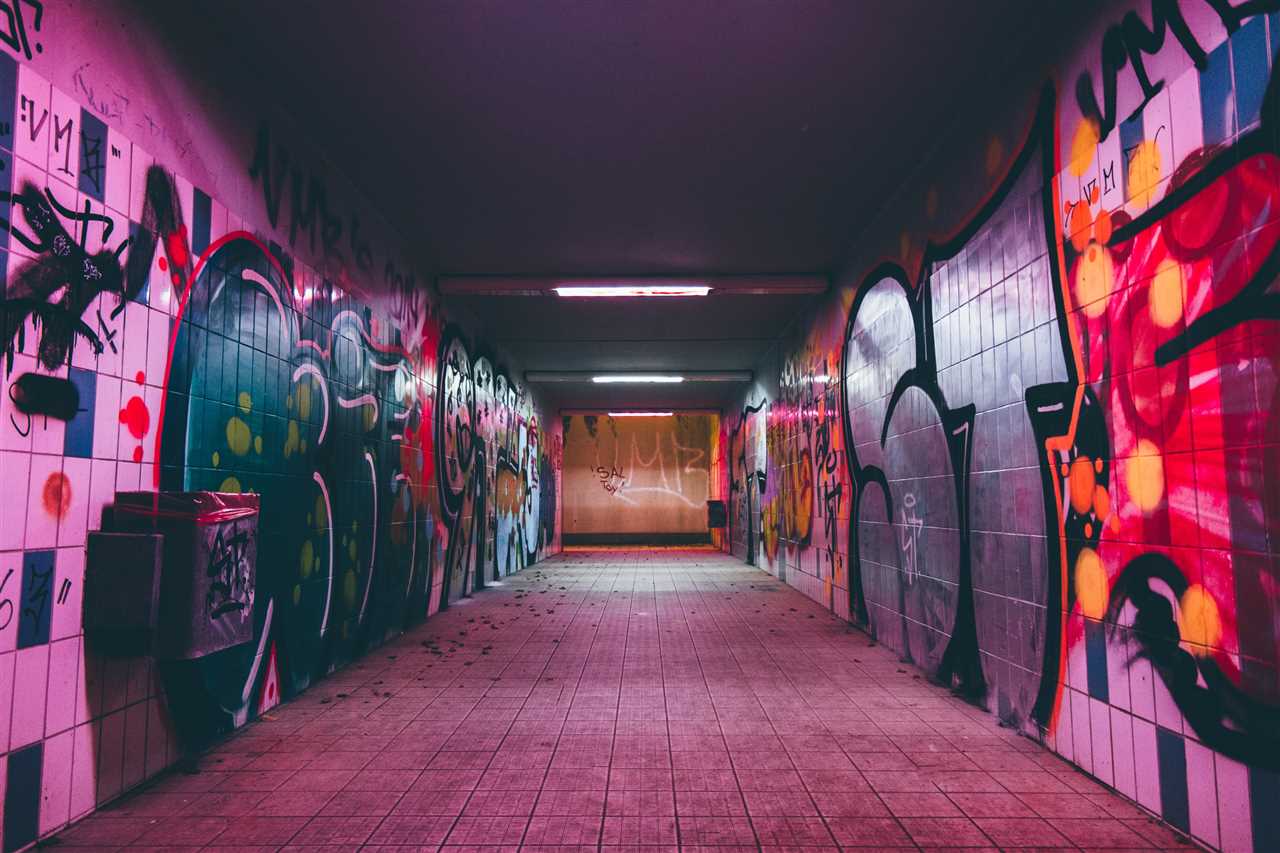
Graffiti has evolved from being seen as a form of vandalism to being recognized as a legitimate art form. It has gained popularity and recognition around the world, thanks to the work of talented graffiti artists who have left their mark on urban spaces. These artists have not only brought color and creativity to the streets but have also sparked important discussions about social and political issues.
One famous graffiti artist is Banksy, whose identity remains unknown. Banksy’s work combines dark humor with powerful political and social commentary. His stenciled graffiti art can be found on walls and buildings in cities across the globe. Banksy’s art often challenges the status quo and raises questions about authority, capitalism, and the state of the world.
Another renowned graffiti artist is Jean-Michel Basquiat, who rose to prominence in the 1980s. Basquiat’s graffiti-inspired paintings explored themes of race, identity, and social inequality. His bold and expressive art captured the attention of the art world, and he became one of the most influential artists of his generation.
Keith Haring is another notable graffiti artist who used his vibrant and energetic style to engage with social and political issues. Haring’s iconic figures and symbols can be seen on subway walls, buildings, and canvases. He used his art to promote messages of love, equality, and activism.
The impact of these artists extends beyond their art itself. They have inspired a new generation of graffiti artists, who continue to use the streets as their canvas. Graffiti has become a way for marginalized voices to be heard and for communities to reclaim public spaces.
While graffiti may still be controversial in some circles, there is no denying the influence and impact of famous graffiti artists. Their bold and thought-provoking art has challenged norms, sparked conversations, and transformed the urban landscape. As graffiti continues to evolve, it will undoubtedly continue to push boundaries and inspire artists and viewers alike.
Graffiti Art: Beyond Walls
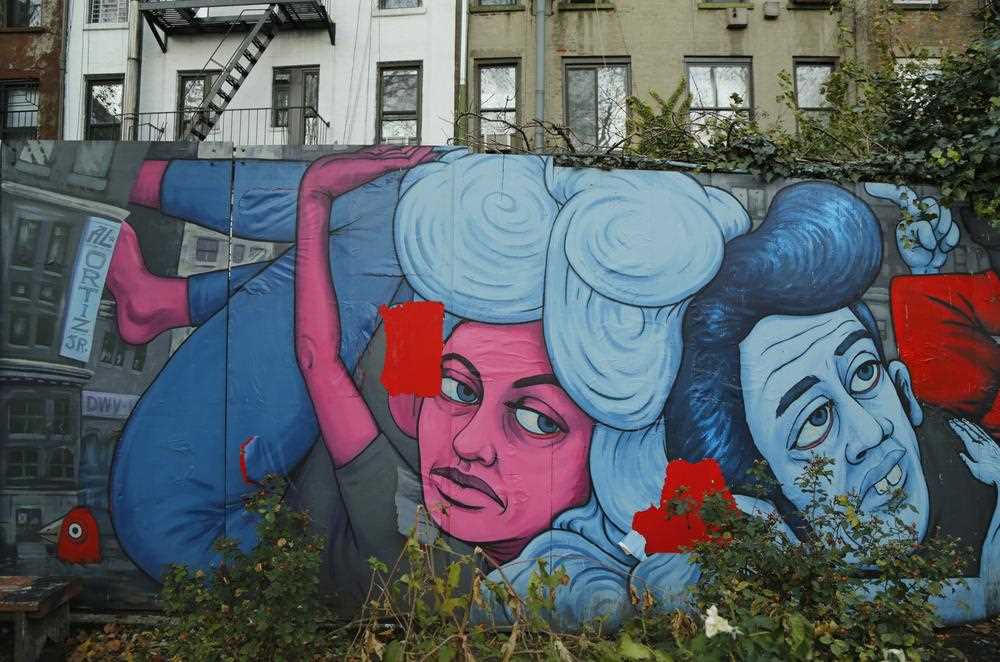
Graffiti art has long been associated with its presence on walls, buildings, and other urban structures. However, the art form has evolved beyond the confines of these physical spaces, expanding into new realms and mediums.
One way graffiti art has broken free from traditional walls is through digital platforms. Artists now use digital tools to create graffiti-inspired artwork, which can be shared and experienced online. This allows for a broader audience to engage with the art form and enables artists to reach viewers from around the world.
In addition to digital platforms, graffiti art has also moved into galleries and museums. Once considered a form of vandalism, graffiti art is now recognized as a legitimate art form. Curators and art enthusiasts have embraced graffiti as a powerful and expressive medium, leading to exhibitions and installations that showcase the talent and creativity of graffiti artists.
Another way graffiti art has transcended traditional boundaries is through collaborations with other artists and creatives. Street artists often collaborate with musicians, dancers, and even fashion designers to create immersive and multidisciplinary experiences. These collaborations blur the lines between different art forms and allow for new and exciting artistic expressions to emerge.
Furthermore, graffiti art has made its way into various forms of merchandise and commercial collaborations. Brands and companies often seek out graffiti artists to create designs for their products, ranging from clothing to accessories. This not only provides new opportunities for artists to monetize their work but also exposes their art to a wider audience.
| Benefits of Graffiti Art Beyond Walls |
|---|
| 1. Increased accessibility and exposure |
| 2. Recognition as a legitimate art form |
| 3. Collaborative and multidisciplinary opportunities |
| 4. Commercial and merchandising possibilities |
As graffiti art continues to evolve and push boundaries, it demonstrates the power of artistic expression to transcend physical limitations. Whether online, in galleries, or through collaborations, graffiti art has proven its ability to captivate audiences and leave a lasting impression.
Preserving and Appreciating Graffiti Art
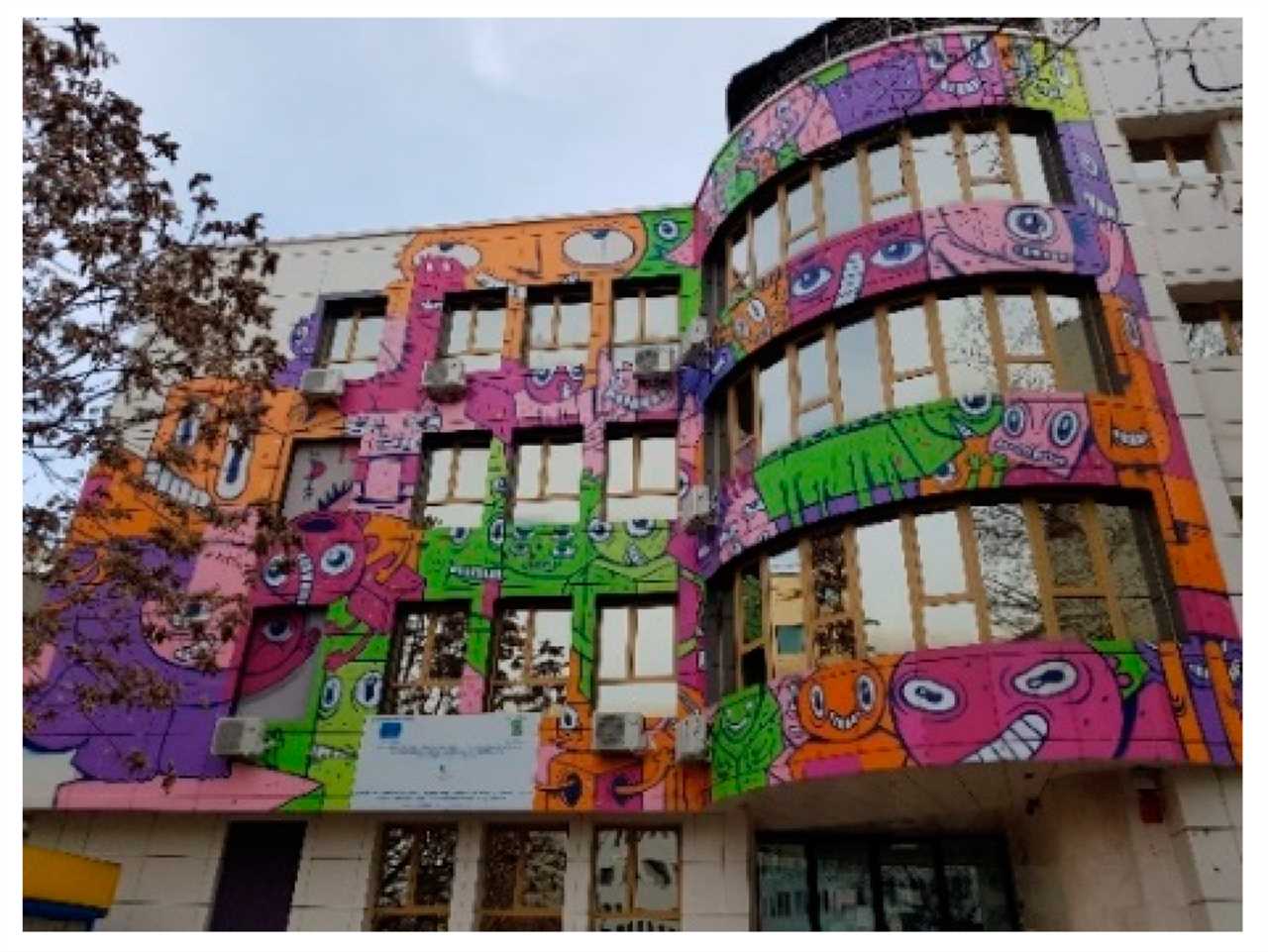
Graffiti art has long been viewed as a form of creative expression and a way for individuals to make a statement about their surroundings. However, due to its often illegal nature and the transient nature of painted surfaces, graffiti art can be at risk of disappearing or being erased. It is important to recognize and appreciate the value of graffiti art as a cultural and artistic medium and to find ways to preserve and protect it.
The Value of Graffiti Art
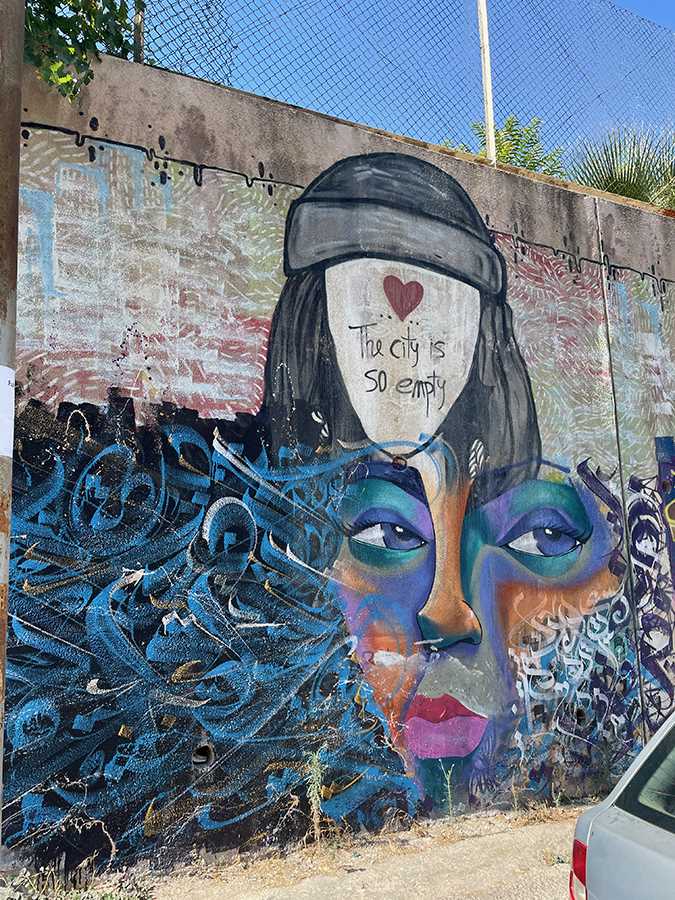
Graffiti art can be seen as a reflection of the urban environment, capturing the spirit and energy of a place. It can provide social commentary, challenge societal norms, and amplify the voices of marginalized communities. Graffiti artists often use vibrant colors and intricate designs to create visually striking and captivating works of art. By preserving graffiti art, we can honor the creativity, talent, and diversity of the artists behind the work.
Preservation Methods
Preserving graffiti art can be a challenging task due to the nature of the medium and the legality surrounding it. However, there are several methods that can be employed to help protect and appreciate graffiti art:
| 1. Documentation | Photographing or filming graffiti art allows for its preservation and dissemination even if the physical work is damaged or removed. |
|---|---|
| 2. Legal Walls | Creating designated areas where graffiti art is allowed can help protect and encourage the creation of new works while respecting property rights and legal boundaries. |
| 3. Conservation Efforts | Wherever possible, efforts can be made to preserve existing graffiti art through measures such as protective coatings or physical barriers. |
| 4. Community Engagement | Engaging with local communities and involving them in the process of graffiti art preservation can foster a sense of pride and ownership. |
By implementing these methods, we can ensure that graffiti art continues to be appreciated as a legitimate art form and that artists have the opportunity to express themselves in public spaces.

I am a mural enthusiast and a fervent admirer of street art. Rather than creating murals myself, I am passionate about collecting them. My love for street art knows no bounds. I am dedicated to curating and cherishing these artworks that grace the streets. My collection stands as a testament to my profound appreciation for this form of artistic expression.
read about me



